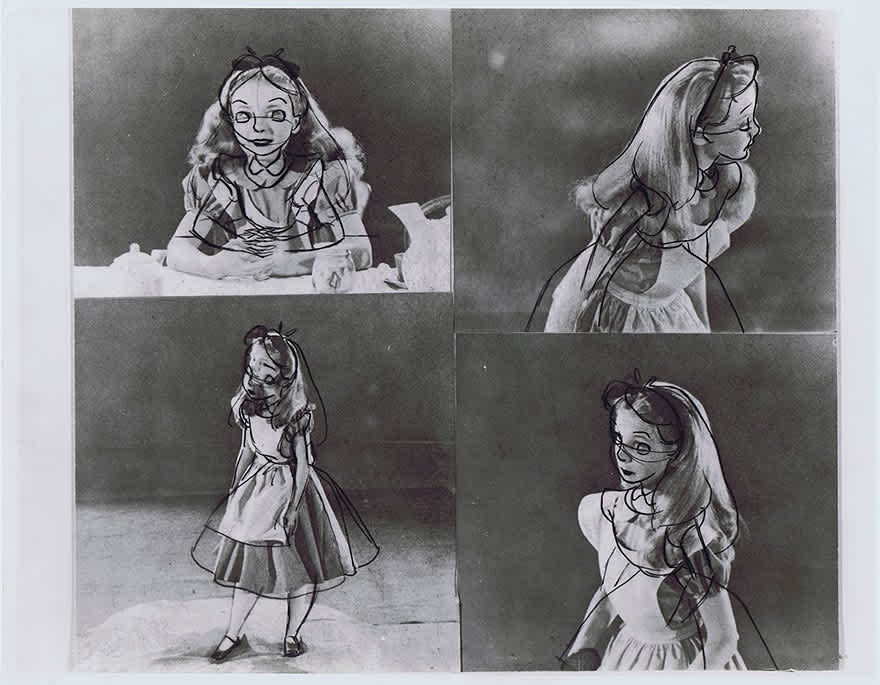For most people, rotoscope tends to fall into the category of “I know it when I see it”. What they’re experiencing is the uncanny visual effect created when a cartoon body moves as smoothly as a human one. Its ability to live between live-action and animation sets rotoscope apart. Unfortunately, as is often the case, not fitting neatly into prescribed categories is perceived as a threat by the establishment.
The existence of rotoscope fractures a century of film theory which attempted to divide film and animation into discrete categories. Animators have long understood this separation to be false, owing in part to the growth of CGI and green screen-laden blockbuster movies from the 1980s onwards. However, there are still many who uphold purist animation myths to denigrate the practice of rotoscoping. While there is a case to be made for pure animation, it certainly isn’t one that traditional 2D animators have any business making.
That’s because when one takes a close look at the history of animation it’s nearly impossible to find an instance where rotoscope practices weren’t used. Traced photographs wind their way around pre-cinematic optical toys, Muybridge’s horses were traced onto glass discs for projection, Winsor McCay traced himself into Gertie the Dinosaur, Cab Calloway danced so that Koko could glide, and Snow White demonstrated Disney Realism thanks to Marge Champion. Then there's Yellow Submarine, Ralph Bakshi, Take On Me, and Waking Life. But these are just the obvious examples.
The less obvious ones live under the umbrella of “movie magic”. The techniques found here reveal the true category-less nature of filmmaking, and as such, are kept hidden by the purveyors of cinema and left uninvestigated by the movie-going public, who rely on movie magic for their suspension of disbelief. Regardless, the view from under the umbrella sees rotoscope everywhere. Hand-drawn matte’s, objects traced out of shots, effects added over top of footage — all traced frame-by-frame. That’s not to mention rotoscope’s big brother, motion capture, the practice of mapping cartoon characters onto captured movement data.
So why the pushback against rotoscope by filmmakers and animators alike? On the one hand, rotoscope needs to remain hidden to not break the ‘reality effect’ of live action. On the other hand, animators, a historically underpaid and under-respected labor force, need to cling to the artistry of their craft since it’s the source of their value. To some, rotoscope represents an automated process, stoking familiar fears of new technology taking people's jobs. It’s seen as animation without the rigor, an easy way out that sidesteps the years of training required for traditional animation (training that includes how to shoot and work from reference footage). Anyone who’s rotoscoped before can tell you it’s in no way faster or easier than regular animation, but it’s this perception that drives much of the anti-rotoscope resentment. In reality, it’s a manifestation of job insecurity stoked by monopolistic studio executives eager to merge with another production company at the expense of its workforce.
This piece originally appeared in the Malt Adult #24 zine


